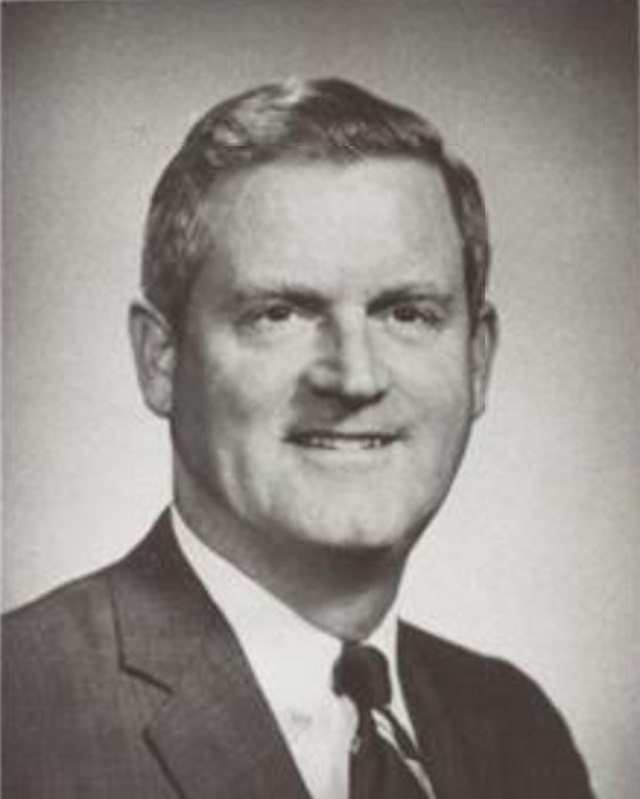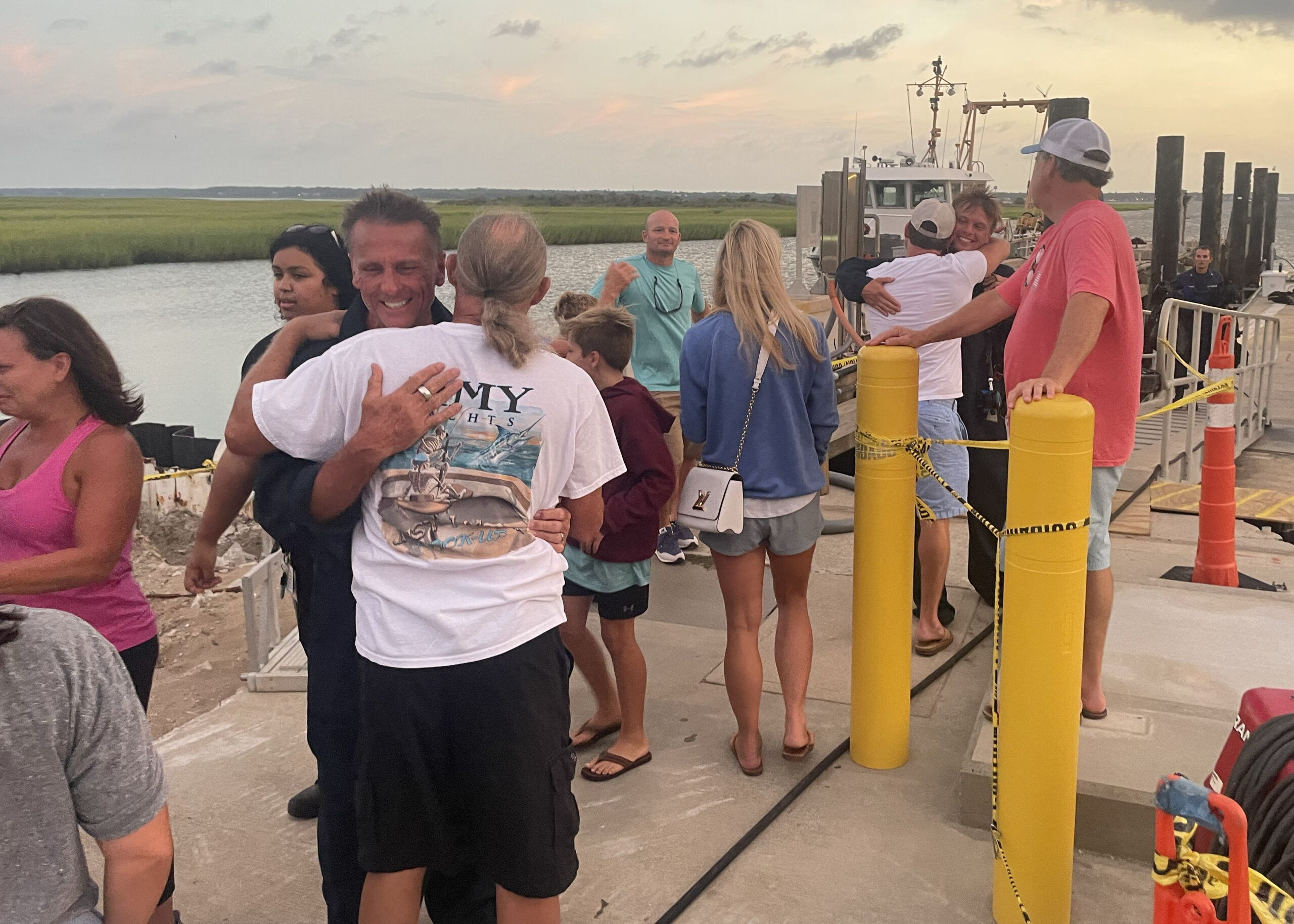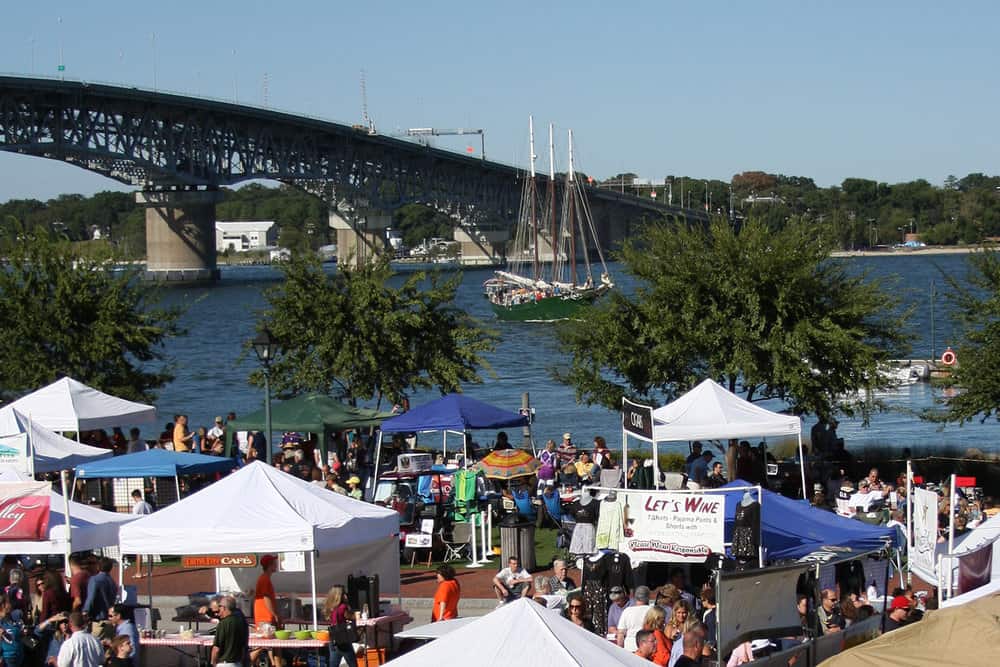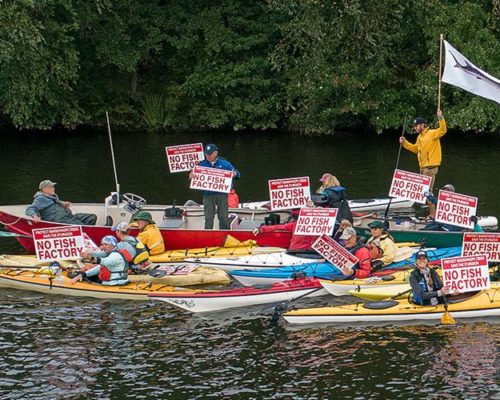Virginia’s 61st governor, Linwood Holton, has died at the age of 98. He’s best known for fighting racial segregation, but was also a pioneer in Chesapeake Bay restoration.
Holton, who served as governor of Virginia 1969-1973, passed away peacefully on October 28 at home in Irvington, close to the Chesapeake waters he loved so much. A moderate Republican, he was best known for the integration of Virginia’s schools, escorting his children to formerly all-Black schools in 1970 (including what is now the Linwood Holton Elementary School on Richmond’s North Side). As governor, he also created reduced sewage pollution in Virginia’s rivers and unified the Port of Virginia.
“With the passing of former Governor Linwood Holton, Virginia has lost a hero whose actions as governor led the Commonwealth out of a dark period and into the modern era. His unflinching stance against racial segregation and his recognition that we must protect our waterways from sewage pollution place him among Virginia’s greatest leaders,” says Peggy Sanner, Virginia Executive Director of the Chesapeake Bay Foundation.
Born in Southwest Virginia in 1923, Holton attended Washington and Lee University and Harvard Law School. He served in the Navy in WWII, then practiced law in Roanoke, where he married Virginia “Jinks” Rogers (who survives him) in 1953 and raised four children. After his term as governor, Holton continued to serve Virginia and her citizens with energy and enthusiasm. Later work included leading the Center for Innovative Technology, helping create the Metropolitan Washington Airports Authority, and practicing law. He served on the boards of Amtrak, the Virginia Coalfield Economic Development Authority, the Virginia Institute for Marine Science (VIMS), the Miller Center at the University of Virginia (which he helped found), the College of William and Mary, and Hampton University. Read his full obituary here.
Governor Holton loved oysters, as his involvement with the Center for Innovative Technology and VIMS indicates. As VIMS scientists began working on pioneering off-bottom techniques for restoration of the Chesapeake’s depleted, disease-ravaged stocks in the mid-70s, they applied to the Center for research funding.
Always attuned to opportunity, Holton stipulated one condition: “I want Mom and Pop to be able to do this. Write a manual for the rest of us.” From that research came not only the beginnings of commercial aquaculture with floats and racks that drives Virginia’s current love affair with our iconic oyster, but also oyster gardening by private citizens, for both home consumption and restoration. The governor, of course, was an earlier participant in that work, adding a stout davit to the dock at his cottage on a creek off the Rappahannock to lift his oyster float when his “research” subjects grew too heavy to retrieve easily. His scientist friends noticed, however, that few oysters ever grew beyond three inches in that float, and the numbers seemed to diminish over time. “He was a great mentor,” said one of them, “but a terrible co-investigator. He was eating his research subjects.”
Characteristically, the governor had a great laugh over that comment. He also loved fishing on the Chesapeake Bay, especially for spot and gray trout. This correspondent had the pleasure of his and Mrs. Holton’s excellent company aboard First Light several times, including a memorable day fishing the restoration oyster reefs in the Piankatank. All of us who knew him will miss him greatly, but we’re thankful for his life well lived with joy in public service.
–John Page Williams




